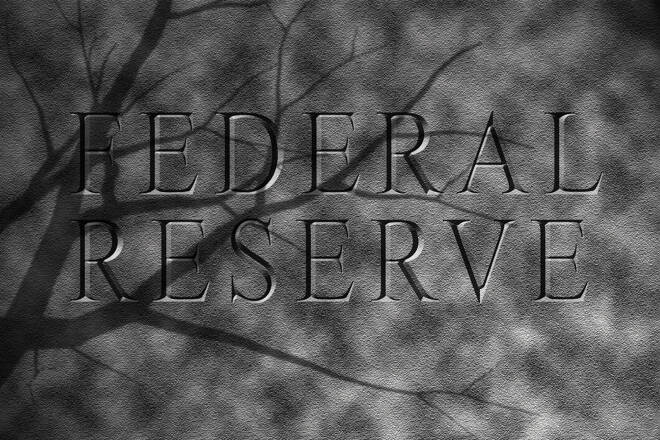Advertisement
Advertisement
The Federal Reserve’s Nine Interest Rate Hikes: What’s Next
By:
The Federal Reserve's frequent interest rate hikes, expected to peak at 5-5.25%, are accompanied by challenges posed by the recent banking crisis.
Highlights
- Fed raised interest rates nine times since March 2022
- Peak benchmark rate is expected to be 5-5.25%
- Threat of government default due to lower tax receipts
Overview
The Federal Reserve has made an unprecedented move of raising interest rates nine times in a row since March 2022. The Fed’s decision to increase rates signals its commitment to combating inflation and preserving price stability.
The banking crisis caused the Fed to lower its federal funds rate target range assessment. This means that rates don’t need to increase as much to impact demand. As a result, economists and investors are unsure about the Fed’s future actions. Some believe rates will continue to increase, while others predict a decline.
Fed Split on Interest Rate Direction
Seven policymakers think that rates might need to rise slightly higher to cool inflation, while three officials in the Fed’s March projections see rates rising to 5.25-5.5%. Another three see 5.5-5.75% rates, while one official sees rates hitting 5.75-6%. Some economists are predicting even higher rates. The Fed’s projections from March indicate a peak federal funds rate of 5-5.25%, which would be the highest since 2006 and signal one more quarter-point hike.
Investors Hopeful for Rate Cut
Investors are hoping for a rate cut, but policymakers haven’t shared that sentiment. The gradual slowing of inflation means interest rates are soon about to hit a pivotal point: they may eventually be higher than inflation. This is an important consideration for investors who are looking for safe and stable investments that offer a good return on investment.
Fed Faces Government Default Threat
Another economic headwind that the Fed will need to contend with is the threat of the federal government defaulting on its debt. Tax receipts are about 35% lower than last year, putting the government at risk of default as early as June.
With default posing major threats to the economy, price stability, and employment, the Fed may need to intervene. The recently published transcripts from a similar debt ceiling debacle in 2013 reveal steps the Fed could take in a similar crisis.
Fed to Mitigate Government Default
The Federal Reserve cannot resolve the issue of a potential government default, but it can mitigate the negative impacts. Powell is expected to remain cautious on the matter. However, the Fed will reassure investors about the reliability of government-issued debt in case the situation worsens.
Fed’s Next Move Uncertain for Investors
In conclusion, the Fed’s next move on interest rates is uncertain, with some policymakers and economists predicting higher rates, while others think the Fed will begin to cut rates. The recent banking crisis and the threat of a government default have added to the uncertainty, but the Fed is likely to remain cautious and focused on maintaining price stability and mitigating any negative impacts of a potential default. Investors should continue to monitor the situation closely and be prepared for any changes in the interest rate environment.
Fed to Raise Rates in May then Pause
I expect the Fed to signal a pause in June, after delivering a quarter-point hike on Wednesday. Allowing for the rate hikes to work through the economy and with inflation still running high, I don’t expect the Fed to cut rates this year.
About the Author
James Hyerczykauthor
James Hyerczyk is a U.S. based seasoned technical analyst and educator with over 40 years of experience in market analysis and trading, specializing in chart patterns and price movement. He is the author of two books on technical analysis and has a background in both futures and stock markets.
Advertisement
